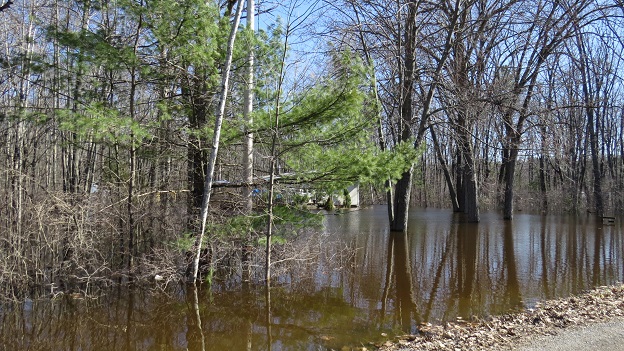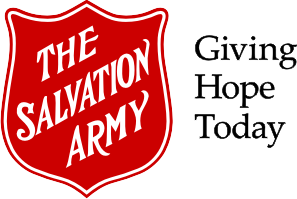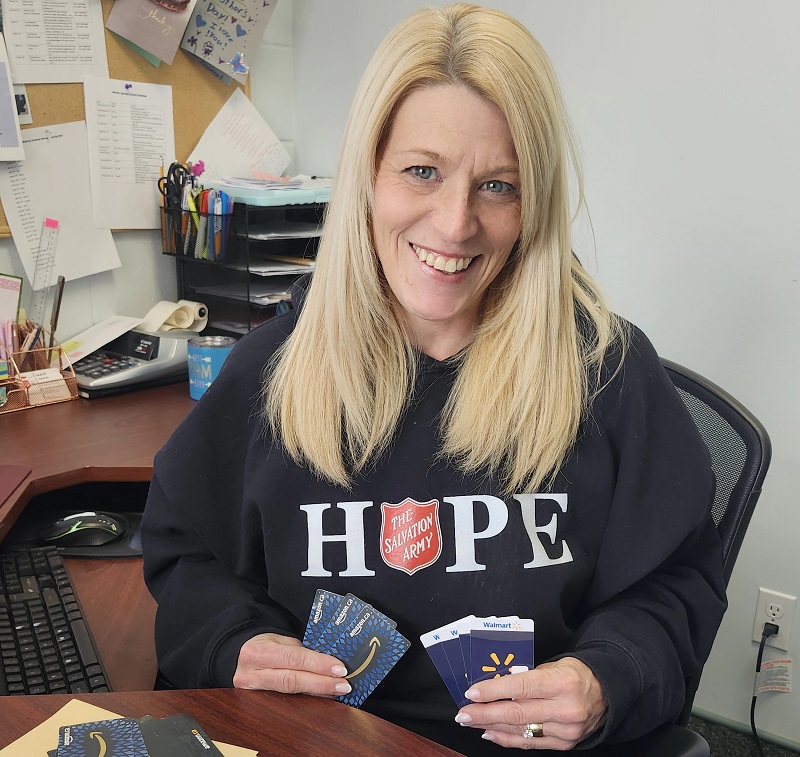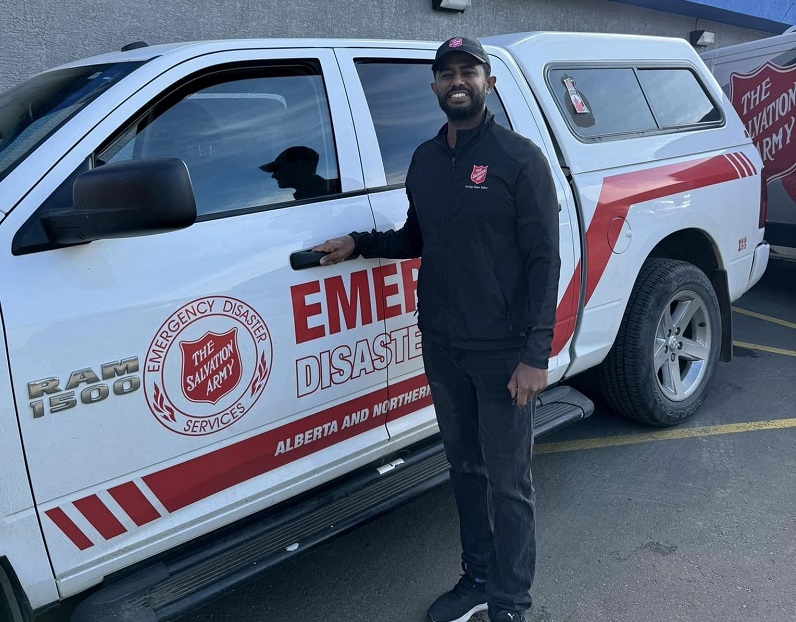Are You Prepared for an Emergency?

When a storm hits and the power goes out, will you know what to do? Disaster can strike at any moment and often without warning. Being prepared in advance can ensure your safety until power is restored or help arrives.
May 5-11, 2019, is Emergency Preparedness Week, a national awareness initiative that encourages Canadians to Get Prepared in the event of a disaster.
“It can take up to 72 hours for first responders and relief services to locate people and provide them with assistance.”
“Developed by the Canadian Government, in conjunction with The Salvation Army and other aid organizations, Get Prepared provides people with direction in the event of a disaster,” says Perron Goodyear, Territorial Director of Emergency Disaster Services for The Salvation Army. “It can take up to 72 hours for first responders and relief services to locate people and provide them with assistance. People should be prepared to get through this time.”
Three simple steps will ensure you and your family are prepared for an emergency:
1. Develop a Plan. In an emergency, family or loved ones may be separated from each other, without the ability to communicate. Create a plan, such as choosing a place to meet or how to communicate with each other, to reduce some of the stress felt during times of crisis.
2. Get a Kit. Basic supplies such as water and food, flashlights and blankets can be life-saving during an emergency. Have them ready and make sure everyone knows where they are located so that they can be grabbed quickly.
3. Join the team. The Salvation Army utilizes skilled volunteers who are pre-trained to respond in an emergency. Part of our preparedness planning ensures that people in your community are ready to help. You can join the team.
“Part of The Salvation Army’s strength lies in the fact that we are present in 400 communities. When disaster strikes, teams from local communities are the first to rally to assist their neighbours in need.”
As one of the country’s major relief organizations, The Salvation Army’s Emergency Disaster Services is often assigned specific roles by emergency preparedness authorities. “We have played an integral role in supporting Canadians whose lives have been impacted by catastrophe—both big and small—for more than 100 years,” says Goodyear. “Part of The Salvation Army’s strength lies in the fact that we are present in 400 communities. When disaster strikes, teams from local communities are the first to rally to assist their neighbours in need.”
Currently, disaster relief teams are providing ongoing assistance in response to flooding in Ontario and New Brunswick. In Ottawa, more than 14,000 volunteers have assisted by filling sandbags to fight back the rising flood waters. The Salvation Army provides survivors, volunteers and first responders with practical assistance such as food and hydration—as well as emotional and spiritual support.
“Sandbagging is physically demanding,” says Erin, volunteer and mother of two. “The Salvation Army’s food services gave me a boost of energy and their sense of compassion increased my morale. That support helped me get through a tough day.”
This week, Get Prepared—Develop a Plan, Get a Kit, and Join a Team. Encourage your friends and family to do the same.
For more information, visit our website at SalvationArmy.ca/EDS



